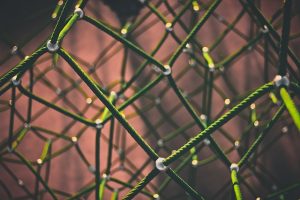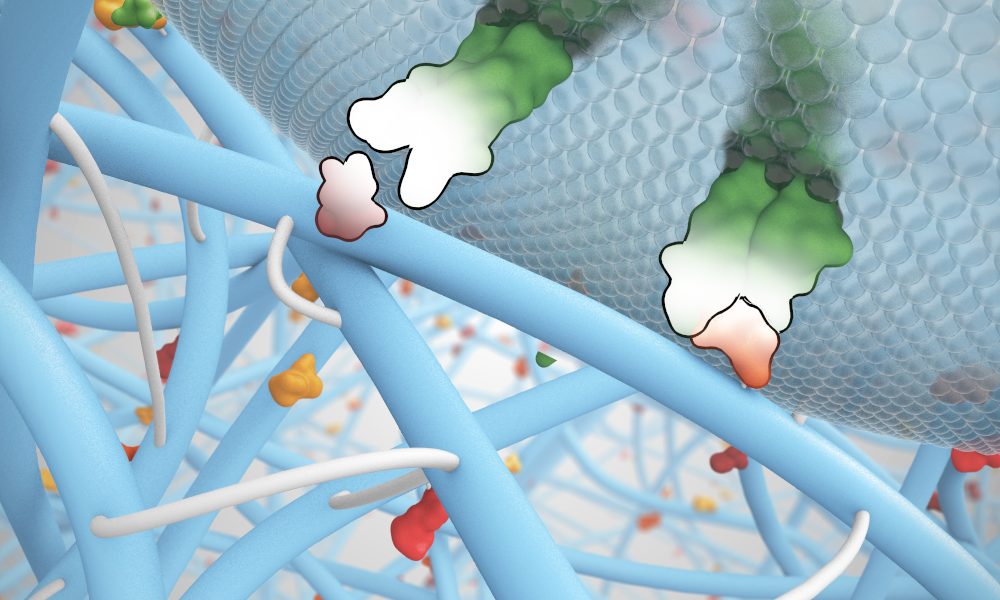With their high water content, hydrogels are interesting materials for biomedical applications. The water is kept in its gel form by a cross-linked network which can consist of covalent or supramolecular interactions. 
Supramolecular interactions include hydrogen bonding, metal coordination, hydrophobic forces, van der Waals forces, pi–pi interactions, electrostatic effects, or host-guest interactions. The resulting supramolecular hydrogel materials have many properties which are closely tied to their supramolecular composition and can exhibit a range of useful properties including shear‐thinning, self-healing or reorganization under stress.
In contrast to their covalent counterparts, the supramolecular characteristics of the hydrogels can further make them sensitive to biologically-relevant stimuli including ionic strength, pH, proteins, enzymes, and small molecules.
Supramolecular hydrogels are designed, synthesized and characterized with the goal to control cell and tissue interactions and are applied for various biomedical applications. Matrices are developed for the culturing of cells, and hydrogel systems are used as drug delivery vehicles. The introduction of bioactive and functional compounds is achieved via supramolecular interactions.
A special issue of Macromolecular Bioscience now—free to read for a limited time—highlights progress in this emerging class of hydrogel biomaterials constructed from an array of engineered supramolecular interactions.

















